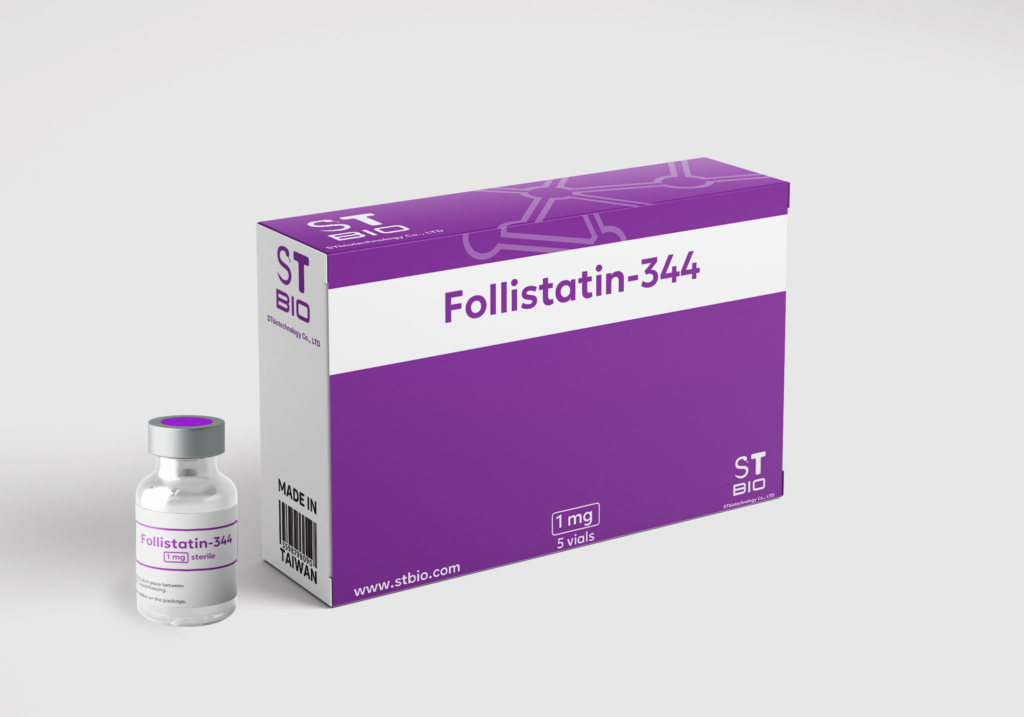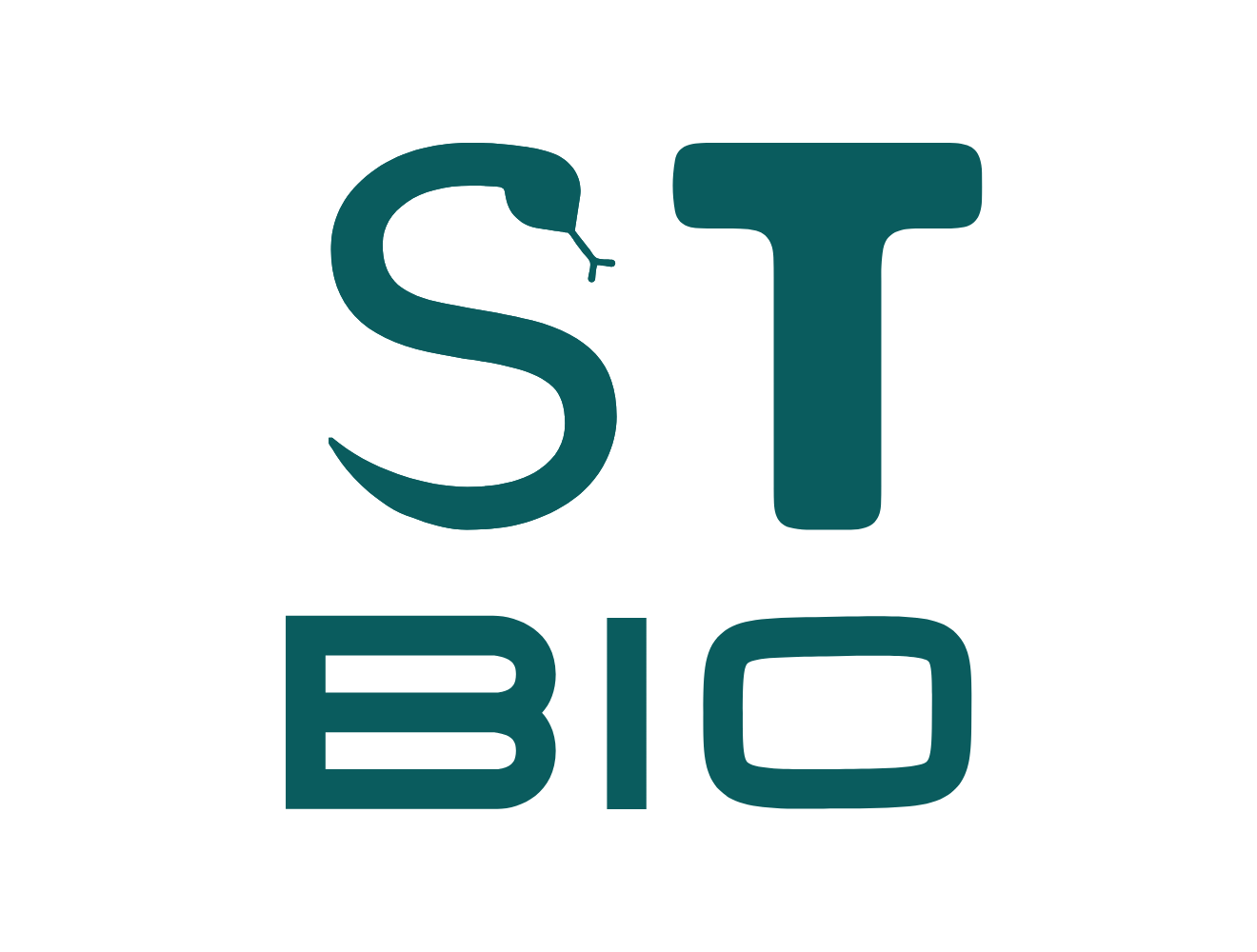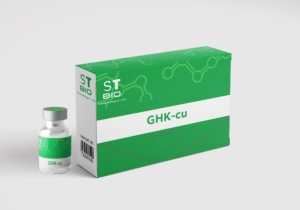
Follistatin-344
Follistatin (FST) is a glycoprotein that was first recognized for its ability to inhibit follicle-stimulating hormone (FSH) in ovarian follicular fluid. The human follistatin gene encodes a 344 amino acid protein, which includes a 29 amino acid signal sequence, a unique N-terminal TGF-binding domain, three Follistatin domains with EGF-like and Kazal-like motifs, and a highly acidic C-terminal region.
This protein plays a key role by binding to members of the TGF-Beta family, blocking their ability to interact with signaling receptors. Initially identified as an activin antagonist, follistatin suppresses the release of FSH from the pituitary gland. Beyond its role in inhibiting activin, follistatin also reduces the activity of other TGF-Beta family members, such as BMP-2, BMP-4, BMP-6, BMP-7, myostatin, GDF-11, and TGF-Beta1.
Follistatin is naturally found in various parts of the body, including the pituitary gland, ovaries, and decidual cells in the endometrium, among other tissues. Recombinant human follistatin is a protein with a molecular weight of 37.8 kDa, consisting of 344 amino acids.




